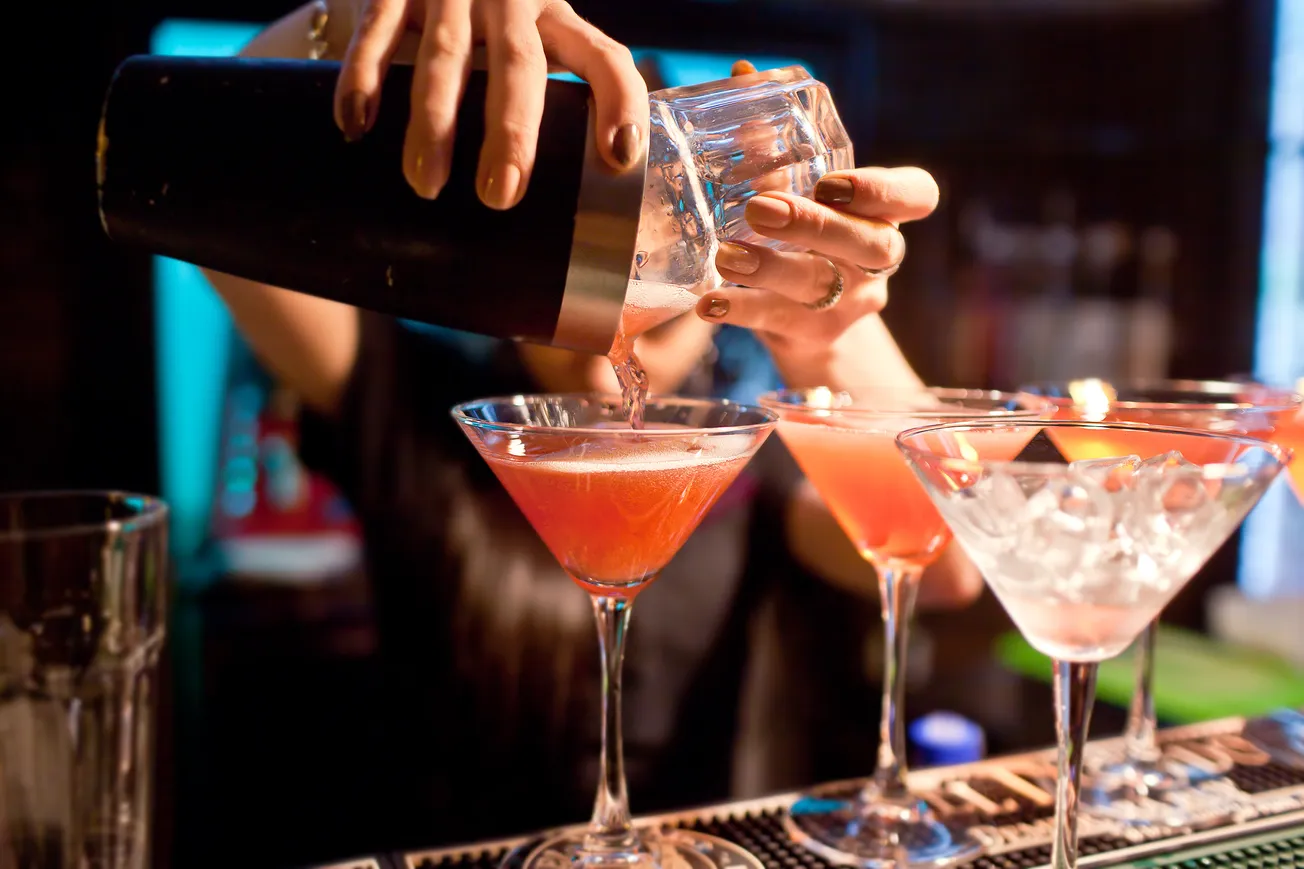Walmart and similar retailers are exploring how they adapt to shifting consumer preferences during Dry January.
Dry January, an initiative encouraging individuals to abstain from alcohol during the first month of the year, has gained significant traction globally. This movement not only influences consumer behavior but also presents unique challenges and opportunities for major retailers, particularly big-box stores like Walmart.
Dry January: A Growing Movement
Originating in the UK, Dry January has expanded internationally, with increasing participation each year. In the United States, the movement aligns with a broader "sober curious" trend, where consumers, especially younger demographics, are reevaluating their relationship with alcohol. This shift is evident in the growing popularity of nonalcoholic beverages and a decline in alcohol sales during January.
January has traditionally been a slower month for alcohol sales, a trend exacerbated by the rise of Dry January. The movement has sparked declines in January becoming more pronounced in recent years. This dip affects various sectors, including big-box retailers like Walmart, which typically experience reduced alcohol sales during this period.
Walmart's Response to Changing Consumer Preferences
As the world's largest retailer, Walmart closely monitors consumer trends to adjust its product offerings accordingly. Recognizing the increasing demand for nonalcoholic alternatives, Walmart has expanded its inventory to include a variety of nonalcoholic beers, wines, and spirits. This strategy aligns with broader industry trends, where companies like Molson Coors have reported significant growth in their nonalcoholic beverage segments.
Beyond expanding nonalcoholic offerings, big-box retailers are implementing several strategies to navigate the challenges posed by Dry January.
Retailers are leveraging Dry January as a marketing opportunity, promoting nonalcoholic beverages through in-store displays and online platforms to attract health-conscious consumers.
In addition to nonalcoholic drinks, stores are increasing their stock of functional beverages, such as kombuchas and flavored waters, catering to consumers seeking healthier alternatives.
Collaborations with emerging nonalcoholic beverage brands allow retailers to offer exclusive products, differentiating themselves in a competitive market.
Broader Trends Influencing the Alcohol Market
Several factors beyond Dry January are impacting the alcohol industry and retail sales.
Growing concerns about alcohol's health effects, including links to cancer, have influenced consumer behavior. The U.S. Surgeon General's proposal for new warning labels on alcoholic beverages highlights this trend.
Economic uncertainties and cost-of-living increases lead consumers to reduce discretionary spending, affecting alcohol sales. Retailers must adapt by offering competitively priced alternatives to maintain sales volumes.
Potential policy shifts, such as updated alcohol consumption guidelines and labeling requirements, could further influence consumer choices and retailer strategies.
Dry January exemplifies a broader shift in consumer behavior, presenting both challenges and opportunities for big-box retailers like Walmart. By expanding nonalcoholic offerings and adapting marketing strategies, these retailers can meet evolving consumer demands.









